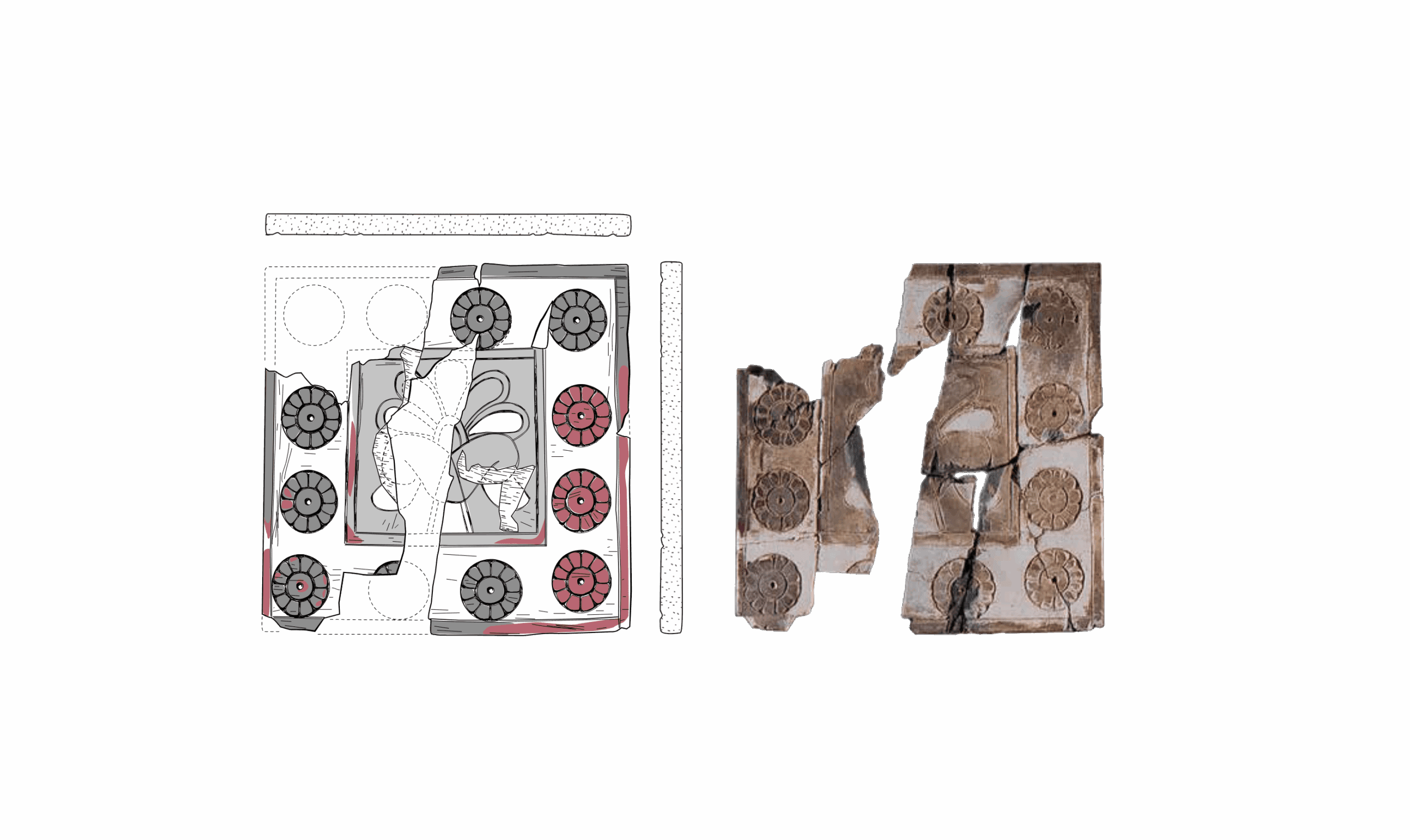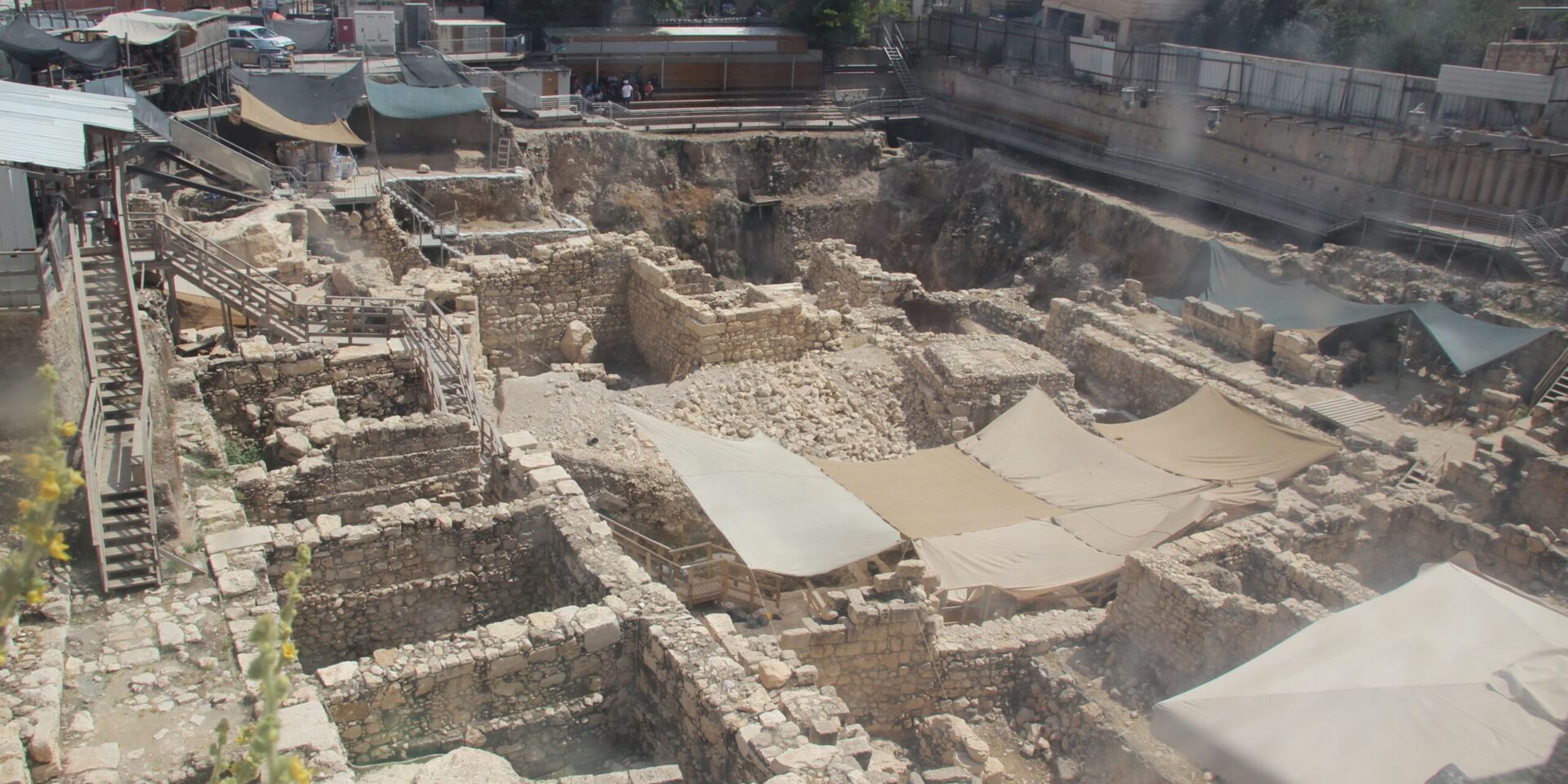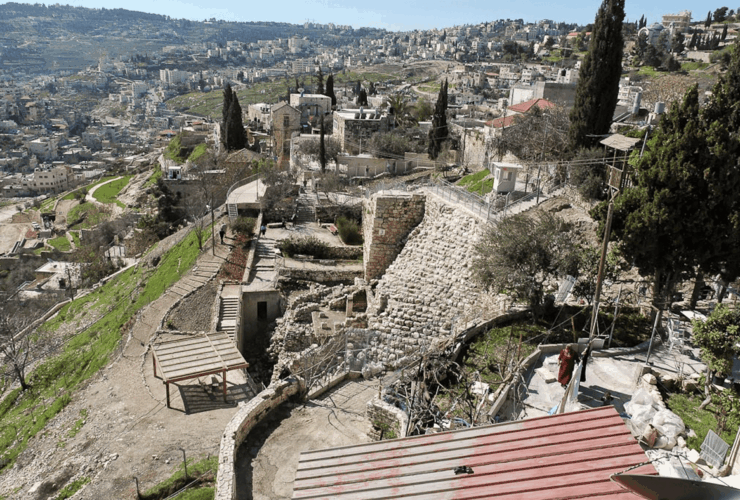Back in 2022, there was a press release from the now famous Givati parking lot excavations in Jerusalem. It announced the discovery of beautifully carved ivory fragments dated to the time of the Biblical kings of Jerusalem. More specifically, these ivories, of which there were close to 1500, date to sometime before the Babylonian destruction of Jerusalem, so before 586 BC. That dating, paired with the location of discovery in the elite or royal section of Jerusalem, along with the high quality of the ivories all point to these fragments representing the lifestyle of the elite of Jerusalem. And these specific ivories are believed to have decorated lounging couches, which were in the style of what we would now call chaise lounges. The ivories were crushed and burned in the destruction wrought by Babylon. They were likely kept on the second floor of the building and then had fallen down through the floor as the building collapsed during the fire. Despite all of that, enough of the pieces survive to enable a reconstruction of the original patterns, and we now know there were 3 panel types decorating this ancient furniture.
“You lie on beds adorned with ivory and lounge on your couches.”
Amos 6:4
The first is a square and it blends two really popular ancient motifs, a stylised palm tree and rosettes, so the palm tree is in the middle of the panel, and it’s surrounded by 12 rosettes. There are also remains of pigments on the ivory, red and grey are still visible to the naked eye, but some of the other potential pigments need to be analysed to determine what they were. Regardless, we know the ivory was both carved and painted. The second panel type also contains well known ancient imagery, the panels are rectangular and are decorated with lotus flowers and buds, and the third panel type is a smaller rectangle and is carved in a lattice and circle pattern, interestingly these panels had the background ivory painted black so that the carved lines and circles really stood out with their natural white ivory colour shining through. Ivory inlays like this are known from other sites in the ancient Near East.

Some important places of comparison for these ones are Israelite Samaria and Assyrian Nimrod. As a seat of royalty and power, many ivory inlays have been found in ancient Samaria, they’re called inlays because they are believed to have decorated things like couches, chairs, and thrones. These Samarian ivories go well with the prophet Amos’ words in Amos 3:15 when he tells Israel that their, “…houses adorned with ivory will be destroyed” and again in Amos 6:4, “You lie on beds adorned with ivory and lounge on your couches.”
The upper classes in Israel were known ivory collectors, and apparently so were the elites in Judah. It is interesting though that the closest style comparison to the Jerusalem ivories are the ones found in Nimrod, maybe attesting to the strong Assyrian connection that Jerusalem’s history us tells of. It is interesting though that the Jerusalem ivories do not have any animalistic, or human figure carvings in them, as is found elsewhere like in Samaria and Nimrod, that may tell us that the Jerusalem elites were selective in their styles. They were like the other nations but perhaps they avoided overtly pagan imagery to avoid needlessly offend the religious Jews who upkept the Jerusalem Temple.

Corie Bobechko is a daily co-host, speaker, and writer of Bible Discovery. She also hosts a YouTube channel that shows how history and archaeology prove the Bible. Her heart for seekers and skeptics has led her to seek truth and share it with others. Corie also has a Bachelor of Theology from Canada Christian College.
Avisar, Reli, et al. “‘Jerusalem Ivories’ – ‘שנהבי ירושלים’: Iron Age Decorated Ivory Panels from Building 100, Giv‘ati Parking Lot Excavations, and Their Cultural Setting.” ’Atiqot / עתיקות, vol. 106, 2022, pp. 57–74. JSTOR, https://www.jstor.org/stable/27113755. Accessed 23 Oct. 2025.
George Haddad, “Rare First Temple-Period Ivories Discovered in the City of David: Just an ancient gift, or more proof of a powerful Judahite kingdom?” Armstrong Institute of Biblical Archaeology. Published on September 7, 2022,
https://armstronginstitute.org/757-rare-first-temple-period-ivories-discovered-in-the-city-of-david






